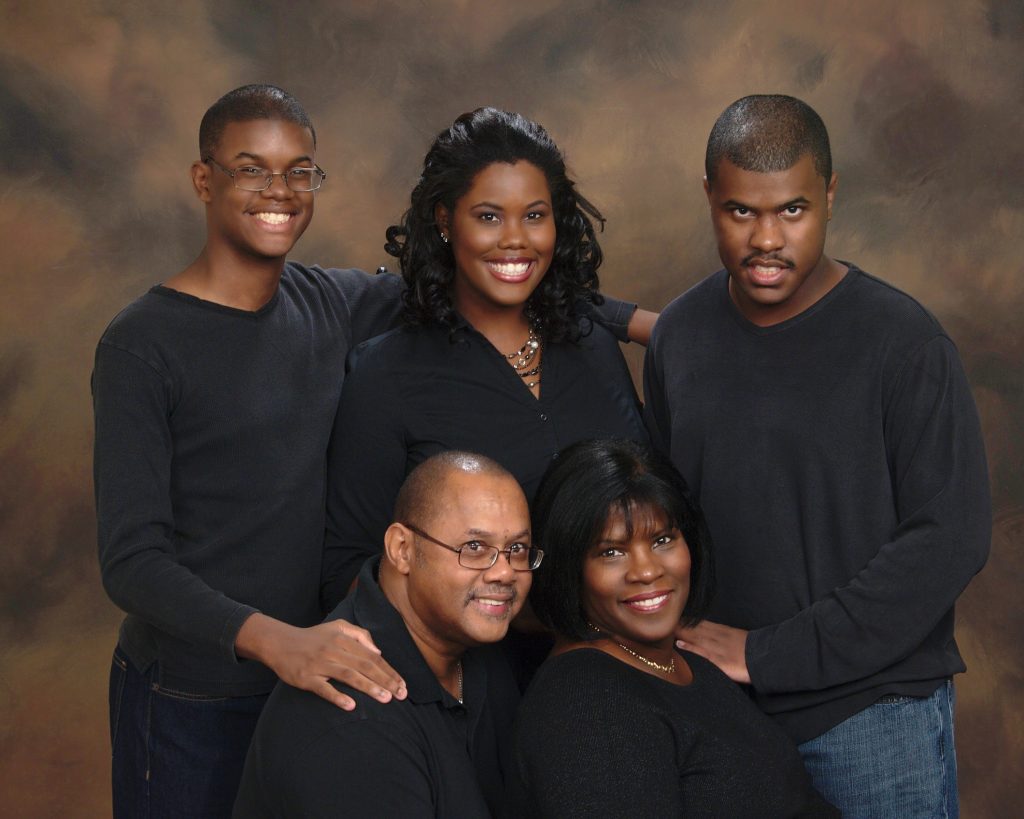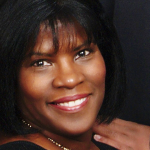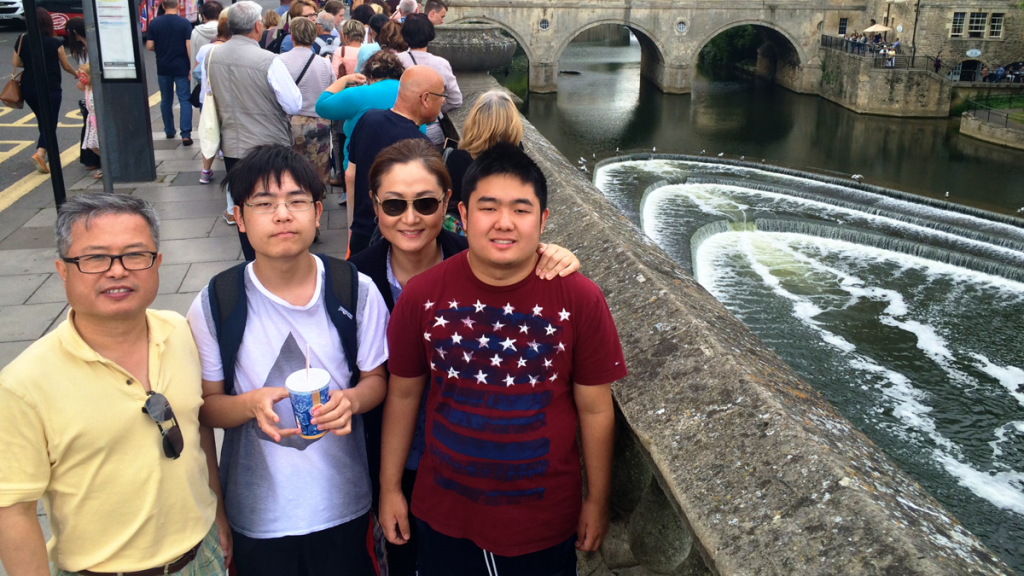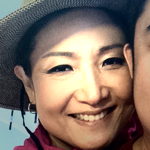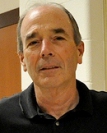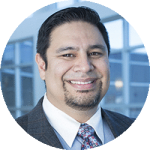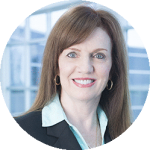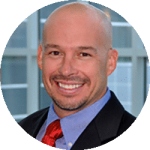
Dwayne, Julian, Martina and Jared Ballen.
(Photo courtesy of the Ballen family.)
A few years ago my sons Julian and Jared attended tennis camp at the University of North Carolina. During the camp’s awards ceremony, tennis coach Sam Paul announced that counselors and campers unanimously agreed Julian clearly won the category for best attitude.
Coach Paul quickly realized during the camp that Julian, who has autism, was not at the same athletic level as other campers, many of whom were younger and more skilled. At the same time, he had something valuable to contribute.
Coach Paul took the time to not just “look “but “see” Julian, and what he witnessed, he later told me, left an impact. No matter the task facing Julian, it was always carried out with a smile and cheerful readiness. He also noticed the positive effect Julian’s presence had on other youngsters.
A number of the campers began to take attitude cues from Julian. In a couple of instances, a potential tantrum was replaced with a more reflective, and productive reaction. It was the Julian effect in full flower.
What Coach Paul engaged in that week was inclusion. He had no professional training for it, nor was he necessarily pre-disposed to do so. He simply wanted Julian to have the same experience as the other children attending camp. Inclusion should be practiced throughout society and not just confined to those areas where special programs and trained professionals are in place.
My brother Michael provided another clear example of inclusion during our family’s 2013 Thanksgiving gathering at his house. During a post-meal trivia game, Michael announced that he wanted Julian as his partner. The subject of the afternoon was Disney trivia. Michael was acutely aware of Julian’s passion for all things Disney, especially the animated movies and theme parks.
Julian, full of excitement and a staggering amount of Disney knowledge, was the star as he and my brother destroyed a team comprised of five other family members. Michael, a municipal police department official, found a way to bring his nephew out of the corner and to the table of engagement. All it took was recognition and desire. That is inclusion.
My wonderful wife, Martina, and I have always believed that inclusion is a full family endeavor that takes all forms. Julian does the same amount of chores his brother Jared does. If one takes out the trash then the other is expected to roll out the recycle bin. Julian is expected to clear his dinner placement and put the dishes in the washer. He has responsibilities that fit with his capabilities, just like his brother. This too, is inclusion.
I’m hopeful that we all consider opportunities to practice inclusion in everyday life. It begins with the simple idea of, “When you look, make sure you see.” It’s also important to understand that inclusion is not just a one-way street. Those being included often have something to teach us about ourselves and the human community. I’m sure Coach Paul would wholeheartedly agree.
